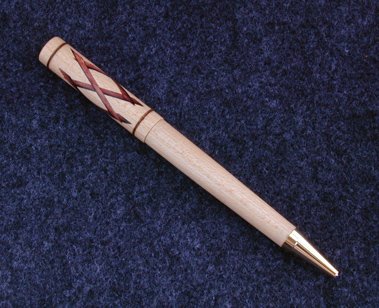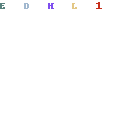jaxcraftworx
Member
I'm attempting my first segmented pen following all the great tutorials posted here. I'm using bloodwood and (what I think is) maple. I made the checkerboards, and cut off 1/4" segments, then glued them up on a tube. Then I sanded it down to a cylinder, and started turning.
When I was fairly happy with the result, and got down to sanding the cylinder, I noticed some discoloration in the lighter colored maple. And the maple is fragmented somewhat. (Makes me wonder if it's really maple.) The discoloration looks like reddish particles from the bloodwood getting carried over into the lighter maple. I started with 150 grit sandpaper, then went down to 400 grit. The reddish stuff was still there. I turned some more material off, and tried 800 grit sandpaper. Same result.
Am I doing something wrong? I'm new to penturning, but have done some woodworking in the past.
Thanks for any help you folks can pass along.
When I was fairly happy with the result, and got down to sanding the cylinder, I noticed some discoloration in the lighter colored maple. And the maple is fragmented somewhat. (Makes me wonder if it's really maple.) The discoloration looks like reddish particles from the bloodwood getting carried over into the lighter maple. I started with 150 grit sandpaper, then went down to 400 grit. The reddish stuff was still there. I turned some more material off, and tried 800 grit sandpaper. Same result.
Am I doing something wrong? I'm new to penturning, but have done some woodworking in the past.
Thanks for any help you folks can pass along.


